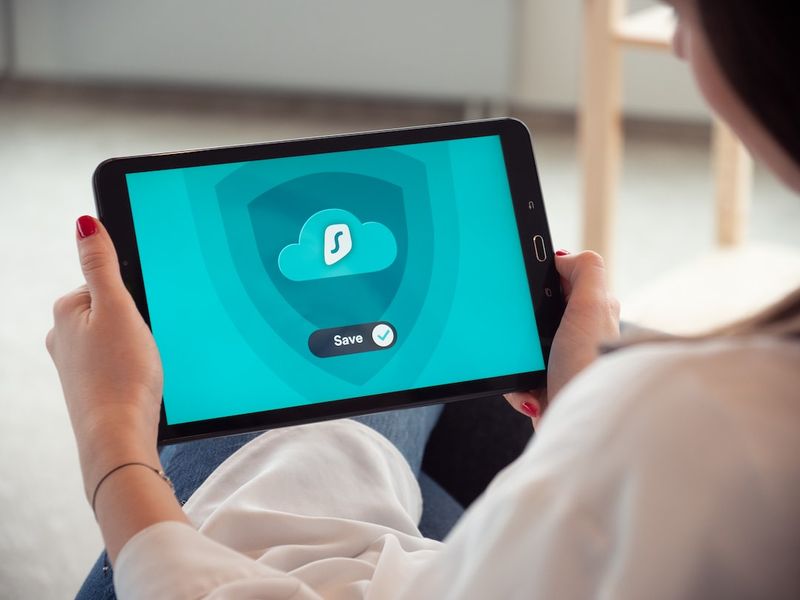Gen Digital Confirms Personal Information Compromised in MOVEit Ransomware Attack
Introduction
Gen Digital, the parent company of cybersecurity subsidiaries such as Avast and Norton, recently announced that it suffered a ransomware attack that compromised the personal information of its employees. The company confirmed that the attack was in response to inquiries and disclosed that names, addresses, employee IDs, and email addresses were exposed. While Gen Digital stated that it has taken immediate action to protect its systems and investigate the impact, it also emphasized that there was no impact on its core IT systems or customer data. The attack, linked to the Cl0p ransomware gang, has targeted over 100 companies and organizations. This incident raises important questions about internet security and the efficacy of cybersecurity measures.
The Vulnerability and Attack
Gen Digital’s statement mentioned that the attack was a result of a critical-severity SQL injection vulnerability known as CVE-2023-34362. This vulnerability, initially a zero-day flaw, has been exploited by the Cl0p ransomware gang in an ongoing campaign. The fact that the attack is still active even after the patch highlights the sophistication and persistence of modern cybercriminals.
Importance of Secure Configurations
Experts in the cybersecurity industry often emphasize the importance of secure configurations to prevent attacks like the one Gen Digital experienced. Amitai Cohen, an attack vector intel lead at Wiz, suggested that applications like MOVEit Transfer should not be directly exposed to the internet in cloud environments. Instead, he recommended placing the application behind a VPN, a reverse proxy, or a single sign-on (SSO) landing page. Such measures can mitigate the risk of attacks targeting vulnerable or misconfigured application endpoints.
Editorial: Strengthening Internet Security
The Growing Threat of Ransomware Attacks
Ransomware attacks have become a pervasive threat in the digital landscape. They can cause significant disruption, financial losses, and compromise personal and sensitive information. The attack on Gen Digital highlights the need for organizations to continuously strengthen their cybersecurity measures and remain vigilant against evolving threats.
The Role of Antivirus and Cybersecurity Solutions
Antivirus software and robust cybersecurity solutions play a crucial role in defending against ransomware attacks. It is essential for individuals and organizations to invest in reputable antivirus programs and implement comprehensive cybersecurity strategies. However, it is also necessary to remember that no security solution is foolproof. Constant updates, regular patching, and maintaining a proactive approach are paramount to ensuring optimal protection against emerging threats.
Emphasizing Employee Cybersecurity Awareness
In addition to implementing technical measures, organizations should focus on educating and raising awareness among their employees about internet security best practices. Training programs and regular reminders about the importance of strong passwords, avoiding suspicious emails, and practicing safe browsing habits can significantly reduce the risk of successful cyber attacks.
Advice: Mitigating Risks and Protecting Personal Information
1. Enable Multifactor Authentication (MFA)
To add an extra layer of security, individuals and organizations should enable multifactor authentication on all their accounts. MFA requires users to provide additional information or authentication factors (such as a unique code sent to a mobile device) in addition to passwords, making it more difficult for unauthorized users to gain access.
2. Regularly Update Software and Systems
Regularly updating software and systems, including antivirus programs, is crucial. Updates often include patches that address known vulnerabilities, reducing the risk of successful exploitation by cybercriminals.
3. Use Strong, Unique Passwords
Using strong and unique passwords for each online account is vital. Passwords should be a combination of uppercase and lowercase letters, numbers, and special characters. Password managers can help generate and store complex passwords securely.
4. Exercise Caution When Opening Emails and Clicking Links
Being cautious while handling emails is essential to avoid falling victim to phishing attacks or downloading malicious attachments. Always verify the sender’s identity and scrutinize URLs before clicking on them.
5. Backup Important Data Regularly
Backing up important data regularly is crucial in case of a ransomware attack. This practice allows individuals and organizations to restore their information and avoid paying ransoms to cybercriminals.
Conclusion
The ransomware attack on Gen Digital and the compromise of personal information serve as a reminder of the ever-present threats in the digital landscape. Strengthening internet security, investing in robust cybersecurity solutions, raising employee awareness, and following best practices can go a long way in mitigating risks and protecting personal information. Constant vigilance and proactive measures are necessary to stay one step ahead of cybercriminals.

<< photo by Nathan Dumlao >>
The image is for illustrative purposes only and does not depict the actual situation.
You might want to read !
- Busting Ransomware Myths: Shattering the Illusions and Empowering Cyber Defenses
- Keeping Cybercrime at Bay: The Perils of Weak Passwords on Linux Servers
- The Rise of 8Base: A Global Threat to Small Businesses
- Apple Patches iOS Flaws: Assessing the Impact of Kaspersky’s ‘Operation Triangulation’
- Preventing Job Scams: Safeguarding Your Organization’s Reputation and Finances
- The Rising Threat: 100K+ Infected Devices Compromise ChatGPT Accounts, Exposing User Data on the Dark Web
- The Rise of New Ransomware Gangs as Established Market Leaders Falter
- Data Breach Down Under: Australian Government Falls Victim to Law Firm Ransomware Attack
- The Rise of ‘Muddled Libra’: How Outsourcing Firms are Being Targeted by Oktapus-Related Smishing
- Exploring the Safety Concerns: Assessing Chrome’s Vulnerabilities as a Web Browser
- Exploring the Vulnerabilities: Patch Warnings for SMB Edge Devices by Asus and Zyxel




